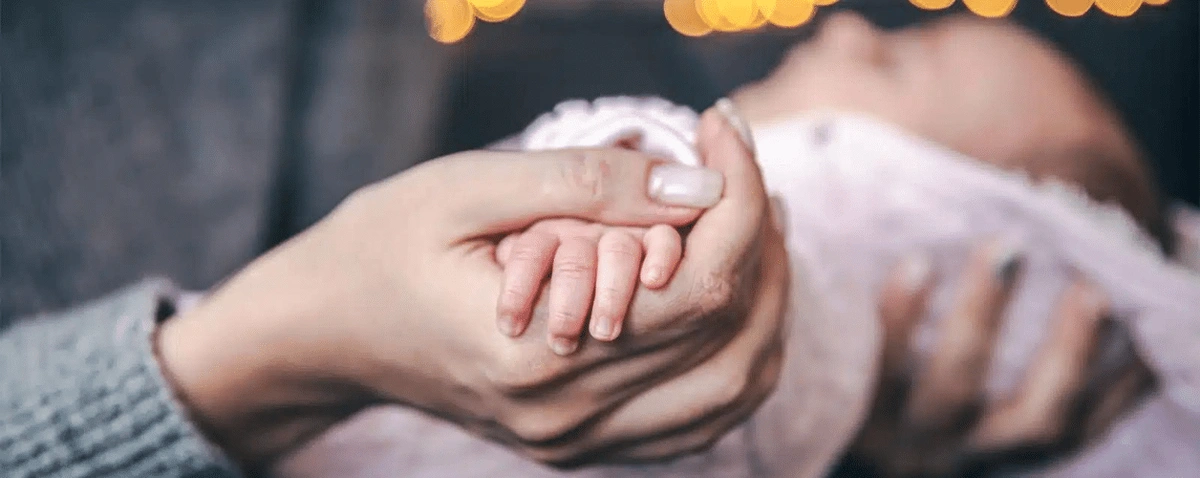The Astonishing Potential of Cryopreservation: A Personal Journey Through Time
by HavenCryo | July 1, 2023
In recent years, the field of cryopreservation has made headlines, especially as stories emerge about embryos frozen for over two decades being used successfully in in-vitro fertilization (IVF) procedures. One such story belongs to Staci McNicholl, a patient from The Prelude Network® – a leading fertility services provider that offers assisted reproductive technologies such as egg freezing and embryo storage. Staci’s journey provides us with a fascinating glimpse into the longevity and potential of cryopreservation.
Twenty years ago, at the age of 26, Staci utilized IVF to conceive her twin daughters, Kaia and Maddy. Staci, dealing with polycystic ovary syndrome and in a same-sex relationship at the time, needed assistance growing her family. Following egg retrieval and insemination, she ended up with eight viable embryos. Two were implanted, leading to the birth of her twins. The remaining six were placed into cryopreservation.
Over the next two decades, Staci’s life saw many changes. She separated from her partner, married her husband RJ, welcomed a stepson, and surprisingly conceived a daughter, Lexi, naturally. However, amidst the bustle of a growing family and thriving counseling business, one constant remained – the annual fee she paid to keep her remaining embryos cryogenically stored.
When the global pandemic struck, it stirred up existential questions in many of us, Staci included. If the world ended tomorrow, she pondered, what did she want to be doing? The answer came as a surprise even to her: she wanted another baby.
Following a miscarriage with a donor egg and RJ’s sperm, Staci returned to the embryos she had frozen two decades prior. The world of IVF had evolved considerably since then, but her embryos were essentially a time capsule, necessitating the use of older techniques. Remarkably, the same embryologist, Kerrie Peck, who had frozen Staci’s embryos was able to thaw them for use.
Only one embryo survived the thawing and refreezing process. This surviving embryo, after being implanted, led to Staci becoming pregnant, and her daughter Ayla was born in February 2023. Ayla, a child literally two decades in the making, provides us with a testament to the wonders of cryopreservation.
Parenting in her late 40s has been an entirely new experience for Staci. Financially secure and with a well-established career, she finds joy in the slower pace, allowing her to fully immerse herself in motherhood once more.
Cryopreservation has opened a world of possibilities for people hoping to grow their families. The ability to preserve and later use genetic material means that people can have children when they’re ready, not when biology dictates. Staci’s story is an example of how this incredible technology can be used to shape our family’s futures, offering hope, possibility, and flexibility in the face of life’s unpredictability.
As cryopreservation continues to develop and become more accessible, who knows how many more success stories like Staci’s we’ll hear? It’s a brave new world in reproductive technology, and the possibilities appear to be limitless. To read the full story of Staci’s remarkable journey, visit Insider.com. Her experience is a testament to the life-altering and revolutionary potential of advancements in cryopreservation.
